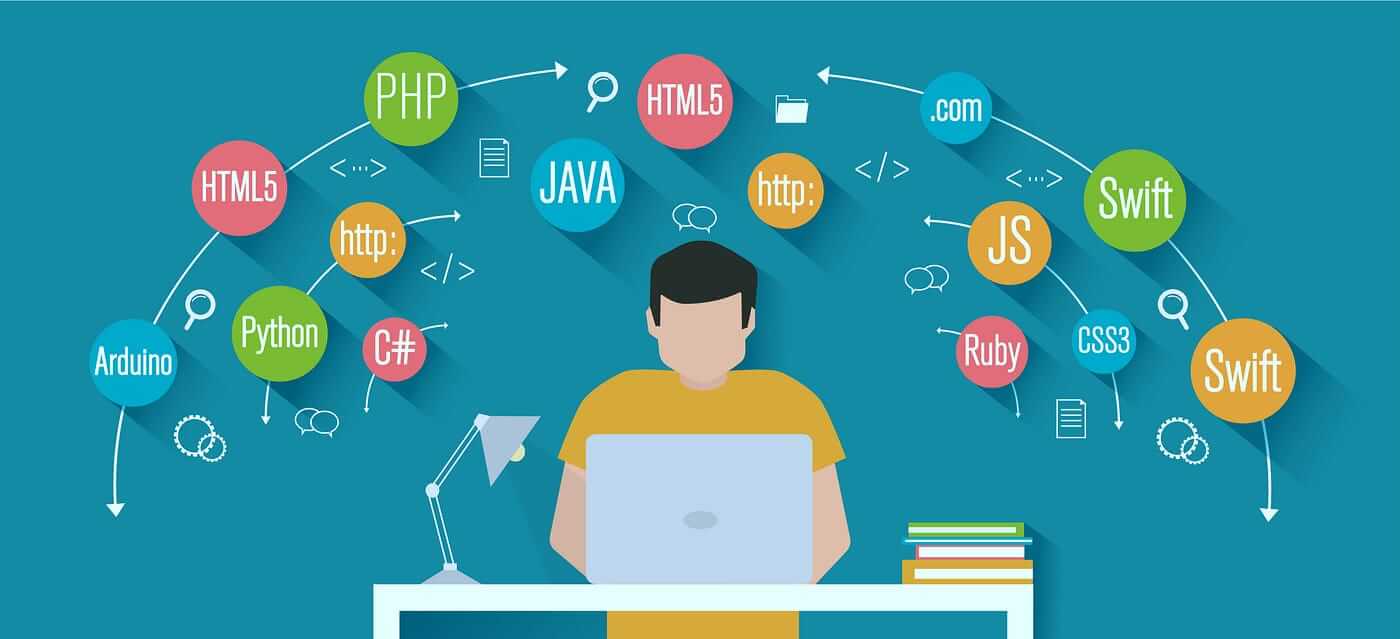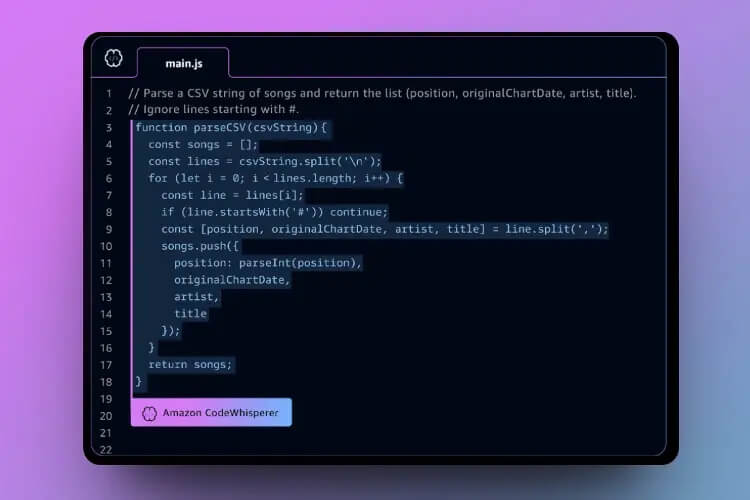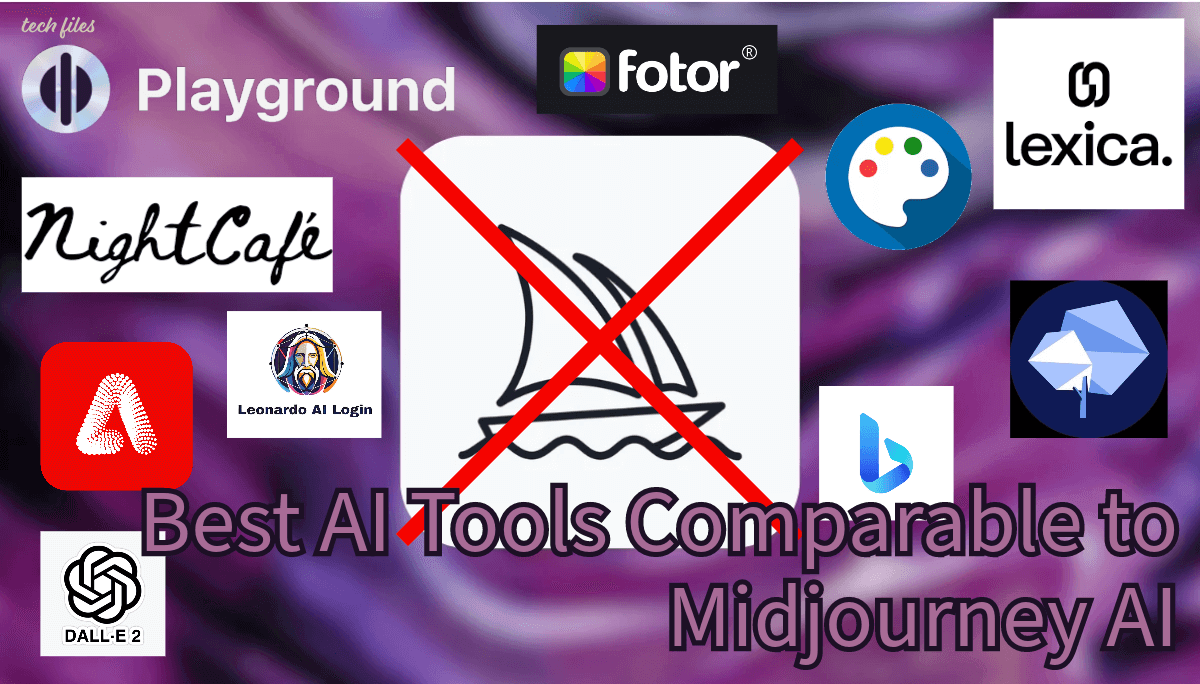What is Programming Language?

A programming language is a set of instructions that tells a computer what to do. It is a formal language that is used to create instructions for computers. Programming languages are used to create all kinds of software, from simple scripts to complex operating systems.
def hello_world():
print("Hello, world!")
hello_world()
This program defines a function called hello_world() that prints the message “Hello, world!” to the console. The print() function is a built-in function in Python that is used to print text to the console.
Programming languages are typically divided into two categories:
- Low-level languages: Low-level languages are closer to the machine code that computers understand.
- High-level languages: High-level languages are more abstract and easier for humans to read and write.
Some examples of low-level languages
- Assembly language
- Machine language
Some examples of high-level languages
- Python
- Java
- C++
- JavaScript
High-level languages are typically easier to learn and use than low-level languages. However, they are also less efficient, meaning that they require more computer resources to run.
The choice of which programming language to use depends on the task at hand. For simple tasks, a high-level language may be sufficient. For more complex tasks, a low-level language may be required.
Check out other topics Related to this:













Sharing is caring!